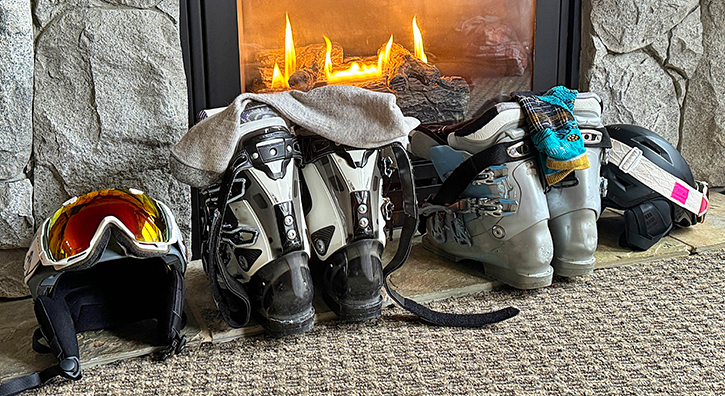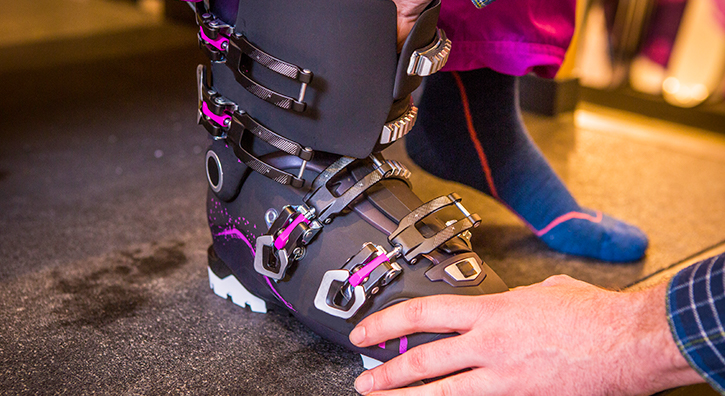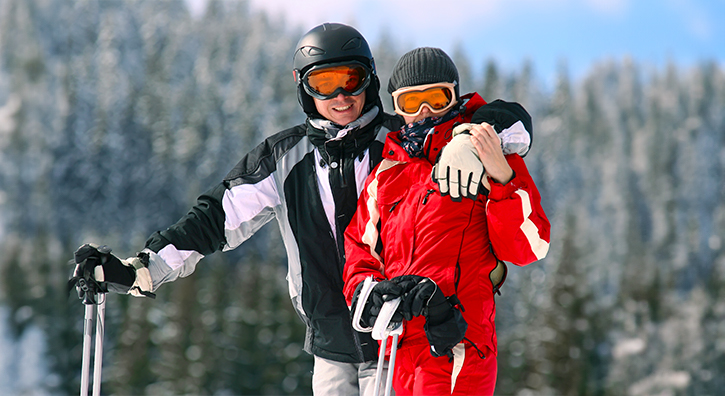0800 260 5082
Available from Monday to Friday from 9am to 7pm, and Saturday from 10am to 7pm. Closed on Sunday.
Available from Monday to Friday from 9am to 7pm, and Saturday from 10am to 7pm. Closed on Sunday.
Starting your skiing journey is an exciting adventure that opens the door to breathtaking views, thrilling descents, and a brand-new skillset. But before you hit the slopes, proper instruction is essential to ensure a safe, enjoyable, and confident start. Whether you’re completely new to snow sports or returning after years, beginner ski lessons provide a structured environment to learn the basics, avoid injuries, and develop solid technique from day one. With professional instructors, adapted terrain, and patient guidance, you’ll gain both the confidence and the ability to progress at your own pace.
Find out the best destinations for your ski holidays

Skiing may look simple from afar, but it’s a sport that requires balance, coordination, and technique. Certified ski instructors are trained to teach these fundamentals clearly and safely. From how to stand on your skis to making your first turns and stops, they break everything down into manageable steps so you can progress without frustration.
Without instruction, it’s easy to pick up incorrect posture or movements that limit progress or even lead to injury. Beginner lessons are designed to correct these early on, teaching you how to control your speed, position your weight, and handle the terrain. These foundations are essential not just for your first runs, but for years of safe and enjoyable skiing to come.

Skiing for the first time can be intimidating—especially when you're surrounded by experienced skiers. Group beginner lessons place you in a supportive environment with others at your level. This not only reduces pressure but also helps build camaraderie. You’ll feel encouraged and supported every step of the way.

For beginners, both options are beneficial. Group lessons are more budget-friendly and allow you to learn with others at the same pace. Private lessons, on the other hand, offer personalized feedback and allow you to progress faster. The best choice depends on your budget, learning style, and time available.

Always choose a ski school with qualified, certified instructors (e.g. ESF in France). They not only understand teaching techniques but also have safety training and experience working with different age groups and learning speeds. Schools located directly in ski resorts also have access to ideal beginner areas.
Many resorts offer beginner packages that include lessons, lift passes for beginner zones, and rental equipment. These bundles are often more economical and simplify logistics, making it easier to focus on learning. Check with your ski resort or tour operator in advance to book the right option for your trip.

Your first session usually starts with a detailed introduction to ski equipment. You’ll learn how to put on boots, clip into bindings, and carry your skis safely. Instructors also explain the basics of ski slope signage, safety rules, and how to use beginner-friendly lifts like the magic carpet.
Before attempting downhill slopes, you’ll practice on flat terrain. These exercises focus on learning to glide, balance, and stop. The snowplough technique—where skis form a “V” shape—is typically one of the first skills taught, as it’s the foundation for controlling speed and direction.

Once you’re comfortable with stopping and balance, instructors will guide you through your first turns on gentle slopes. These basic directional changes teach you how to shift your weight and maintain control while moving. It’s a major milestone in your journey from novice to skier.